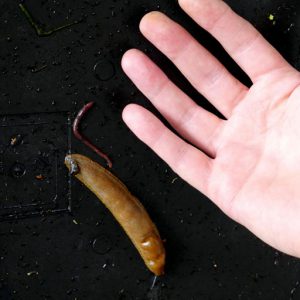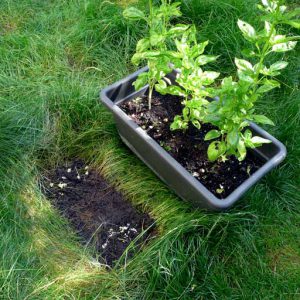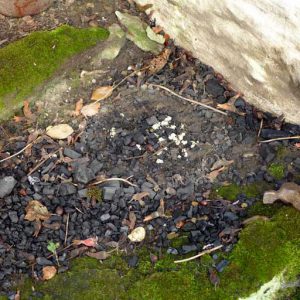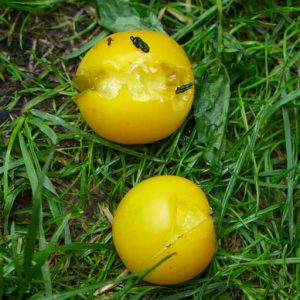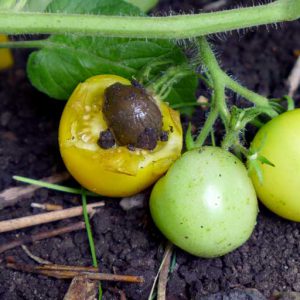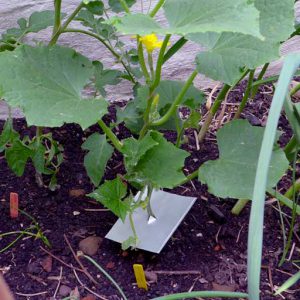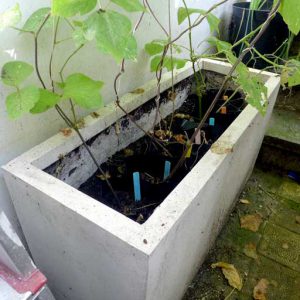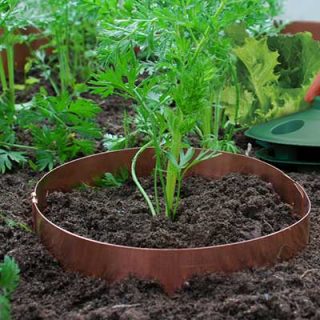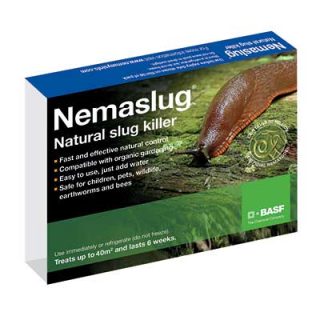
The Spanish slug (Arion vulgaris) is here to stay. While it has only been a few years since the Spanish slug took over from our local snails as the main garden problem, it beholds upon the gardener to learn how to live with these creatures. Each year is a new learning opportunity for understanding these not so little gastropod mollusks.
While the Spanish slug can lay eggs several times during the year, this is the time of year when the mature adults lay their main batches of eggs, producing next year’s young. These eggs are quite easy to find under pots and containers. It is impossible to find all the eggs in a garden but it does no harm to dispose of those ones that are obvious.
With the garden full of mature fruit it is interesting to note the Spanish slug cannot attack a whole tomato and instead seeks out split tomatoes or other damaged produce. Apart from removing damaged fruit immediately a few can be used as bait to attract slugs which can then be picked and disposed off quickly in hot soapy water (weapon of choice).
Through observation it becomes clear the Spanish slug is not such a good climber as other slugs and snails. It has difficulty traversing overhangs. Containers with such edging have proven slug safe this year, especially during the plants early growth stages. The new Hanover slug fencing system for soil beds uses this principle and may be the way forward for gardeners.
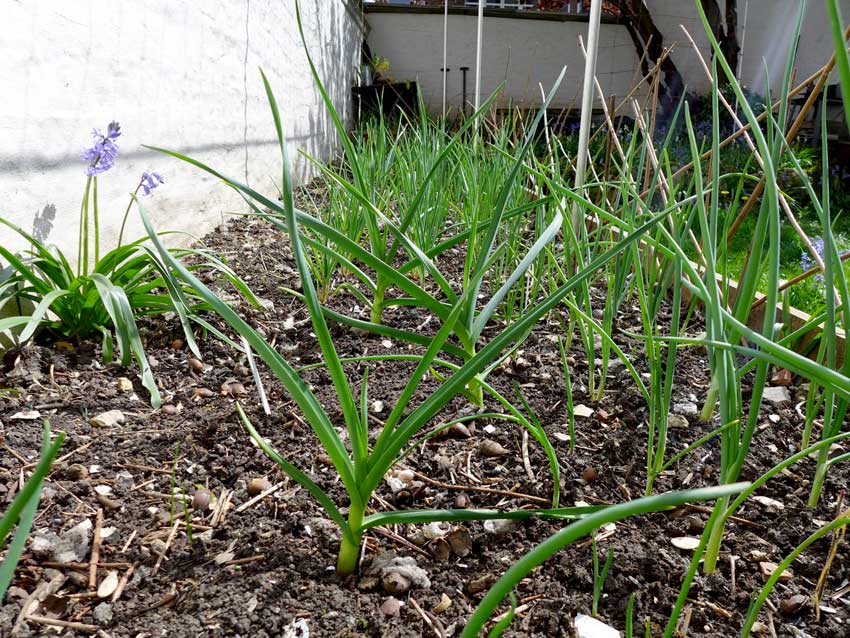
At the end of the day a vegetable garden is slug heaven. It is the perfect breeding ground for the Spanish slug. Apart from moving gardens to roofs, alternative deterrence involves growing plants that slugs dislike such as garlic, onions and nasturtiums. By including these plants in the gardening plan it can only be hoped that over a few years the garden will become a less attractive habitat for Arion vulgaris (good name).
